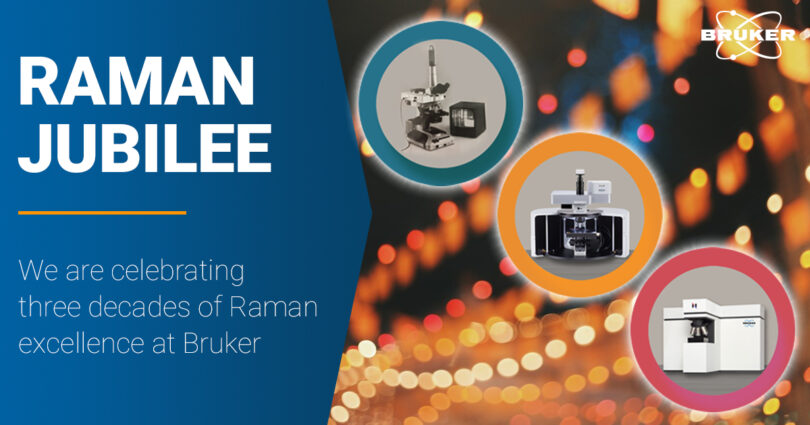This year, Bruker not only celebrates 50 years of Infrared Spectroscopy but also three decades of Raman excellence! We are truly proud to be part of such an active Raman community with countless customers across the globe.
From humble starts with RamanScope in the 1990s until our acquisition of the cutting-edge technology of Nanophoton this year. Our journey has been marked by a steadfast commitment to advancing spectroscopy technology.
On the occasion of this very special anniversary of Raman with Bruker, we would like to honor this extraordinary technology.
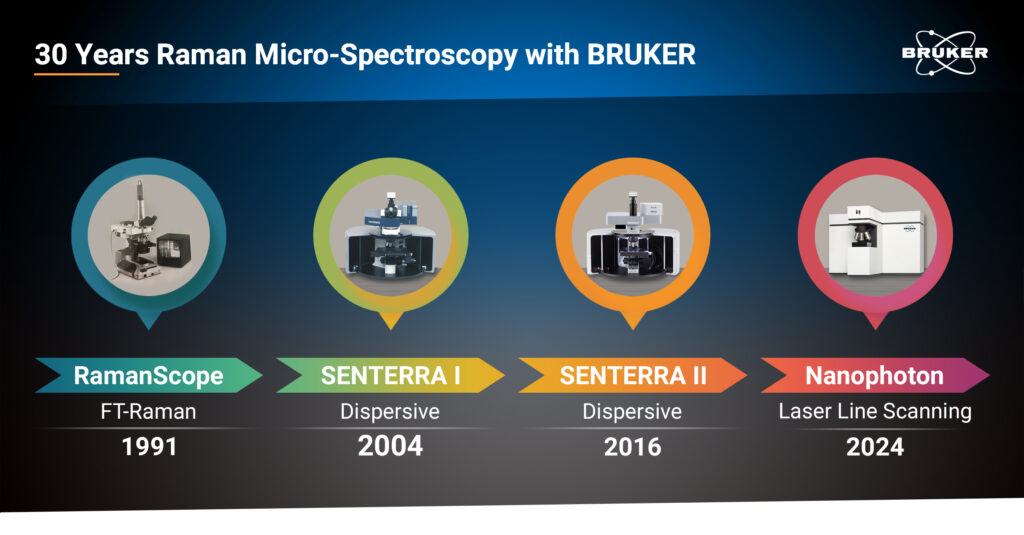
Raman revolution
In the field of modern microscopy, few techniques hold as much promise and potential as Raman microscopy. Combining traditional microscopy and Raman spectroscopy, this method offers researchers and industry professionals a powerful tool to chemically analyze materials at a microscopic scale.
To truly understand the significance of Raman microscopy, it’s essential to explore its historical roots. Named after Indian physicist Sir C.V. Raman, who discovered the Raman effect in 1928, this technique relies on light scattering off a sample.
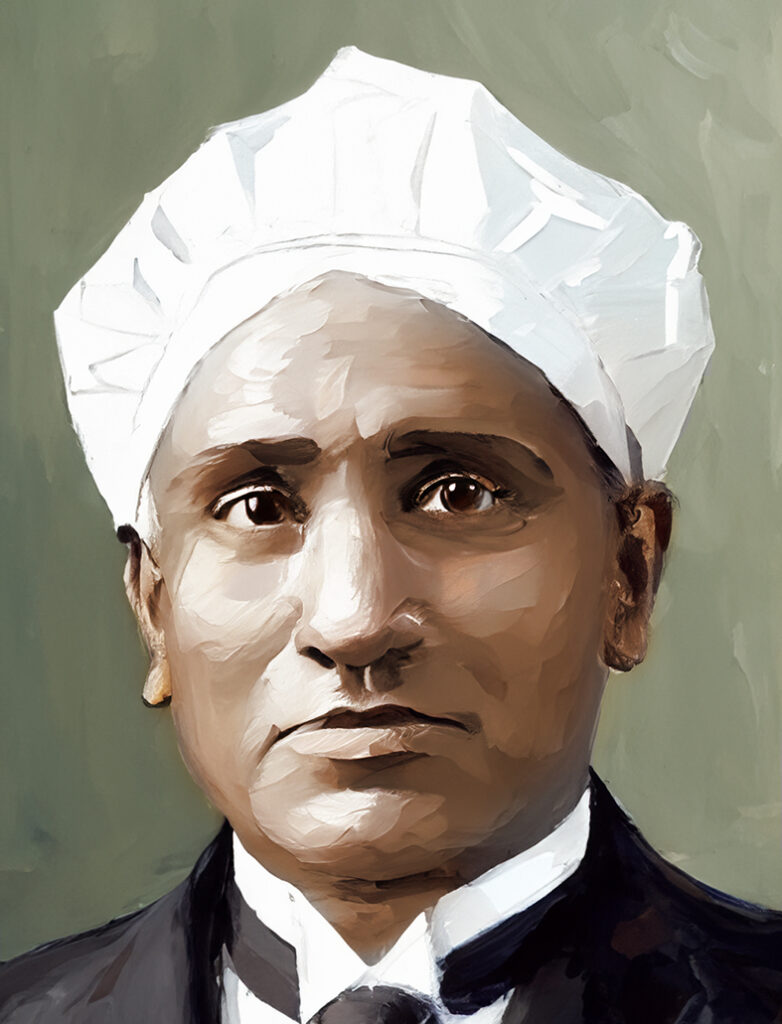
Raman scattering, also known as the Raman effect, occurs when photons interact with matter. This results in both a transfer of energy and a change in the direction of light. Typically, this effect involves molecules gaining vibrational energy from incident photons emitted by a visible laser. This causes the photons to shift to lower energy levels. Raman scattering provides detailed insights into the chemical composition and structure of materials under study.
Raman applications
From its beginnings in academic laboratories, Raman microscopy has become essential in scientific research and industrial applications. In materials science, it characterizes substances like polymers, ceramics, and pharmaceuticals. Thus aiding in the development of novel materials with tailored properties.
In the pharmaceutical industry, Raman microscopy plays a crucial role in drug development and quality control. It identifies active pharmaceutical ingredients (APIs), detects impurities, and monitors crystal forms, ensuring product safety and consistency. Additionally, it enables researchers to study drug-cell interactions and distribution within cells.
Raman microscopy is also valuable in forensics, environmental science, and geosciences. Its non-destructive nature and ability to analyze samples in situ make it useful for various investigations and studies.
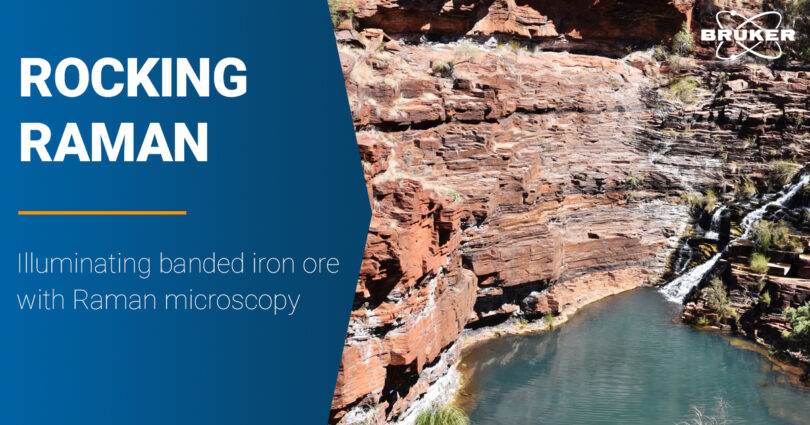
Raman advances
As technology advances, so does the scope of Raman microscopy. Innovations like confocal Raman microscopy and tip-enhanced Raman spectroscopy (TERS) improve spatial resolution and sensitivity, opening new avenues for scientific discovery and technological innovation.
In conclusion, Raman microscopy exemplifies the transformative power of interdisciplinary collaboration and technological advancement. From its discovery to its indispensable role in research and industry, it continues to drive progress and shape the future of countless fields.
Bruker is at the forefront of advances in Raman microscopy. With its instruments SENTERRA II and Nanophoton RAMANtouch and RAMANwalk, Bruker has expanded the diverse range of Raman devices.
SENTERRA II – Simple to handle
SENTERRA II is a cutting-edge laser microscopy system renowned for its advanced automation features for seamless transitions and precise adjustments. Prioritizing user safety with a class 1 laser enclosure and user-friendly design, it caters to users of varying expertise levels.
Beyond automation, it offers robust analysis tools, self-diagnostic features, and maintenance-free operation, ensuring efficiency and reliability. With exceptional precision and performance, it delivers high-quality spectra and facilitates powerful confocal Raman imaging. Overall, it has become indispensable across industries like pharmaceuticals, materials science, and environmental research.
Overall, SENTERRA II represents a significant leap in compact Raman microscopy, combining advanced technology with user-centric design principles.
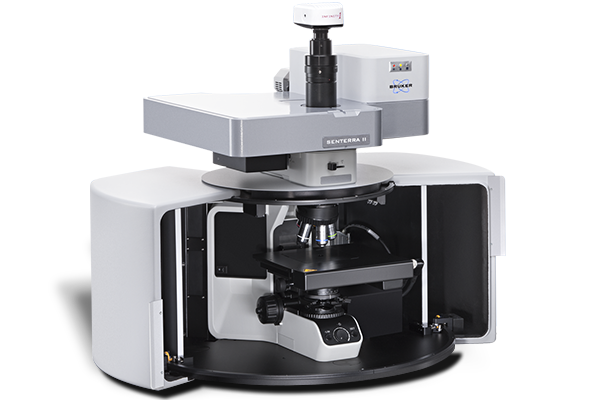
RamanTouch and RamanWalk – Groundbreaking
RAMANtouch and RAMANwalk introduce groundbreaking Raman imaging technology, revolutionizing speed, precision, and automation.
Departing from traditional methods, they utilize line-shaped laser illumination and a two-dimensional CCD to capture an impressive 400 spectra in one exposure. This enables rapid and precise Raman imaging of hundreds of thousands of pixels within minutes. And all that without the need for Electron-multiplied CCDs (EMCCDs).
Central to their operation is Laser Scanning via Galvanometers. By allowing the laser beam to freely scan the point under the objective lens without moving the sample stage unmatched precision and speed is ensured. This enables special measurement modes like Laser Line Scanning, Point Scanning, and AreaFlash measurement, each offering unique advantages in accuracy and versatility.
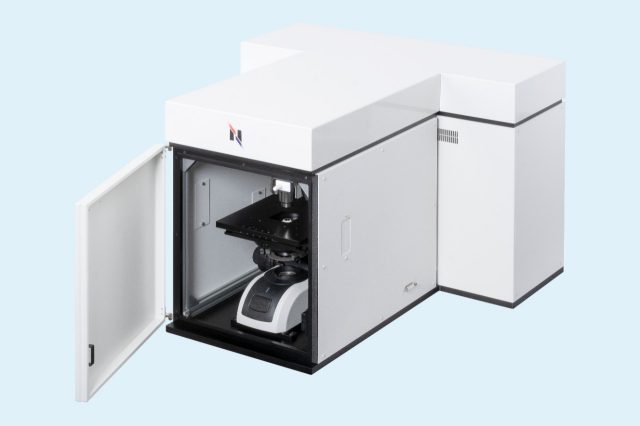
Both devices deliver ultra-high-speed Raman imaging without compromising spectral quality or spatial resolution. They are accompanied by powerful analysis tools tailored for 2D and 3D Raman images and completely automated hardware for streamlined operation and consistent performance.
Whether it’s ultra-fast measurements of large areas or precise focus spot imaging, RAMANtouch and RAMANwalk set a new standard for Raman imaging technology.
Conclusion
Bruker’s three decades of advancements in Raman microscopy demonstrate a commitment to innovation and excellence. As we celebrate this milestone, we recognize the profound impact of their technology on various scientific and industrial fields, paving the way for future breakthroughs and continued leadership in the Raman community.
Would you like to know more about the Ramantouch? Then visit our blog article about Raman asbestos analysis:


